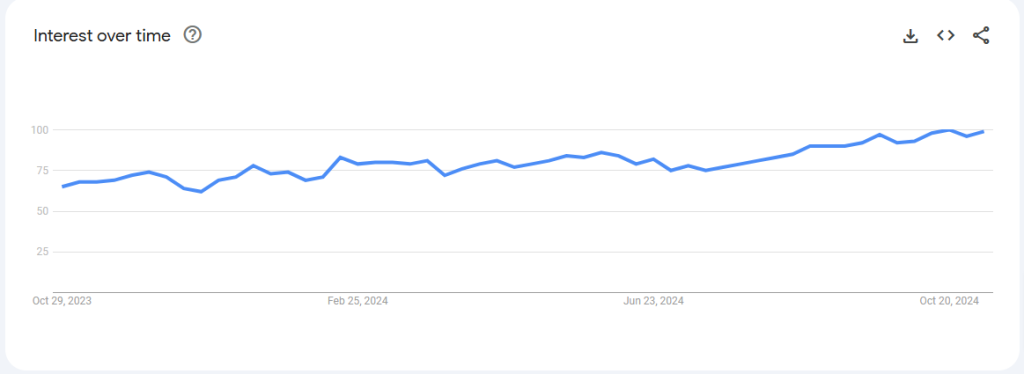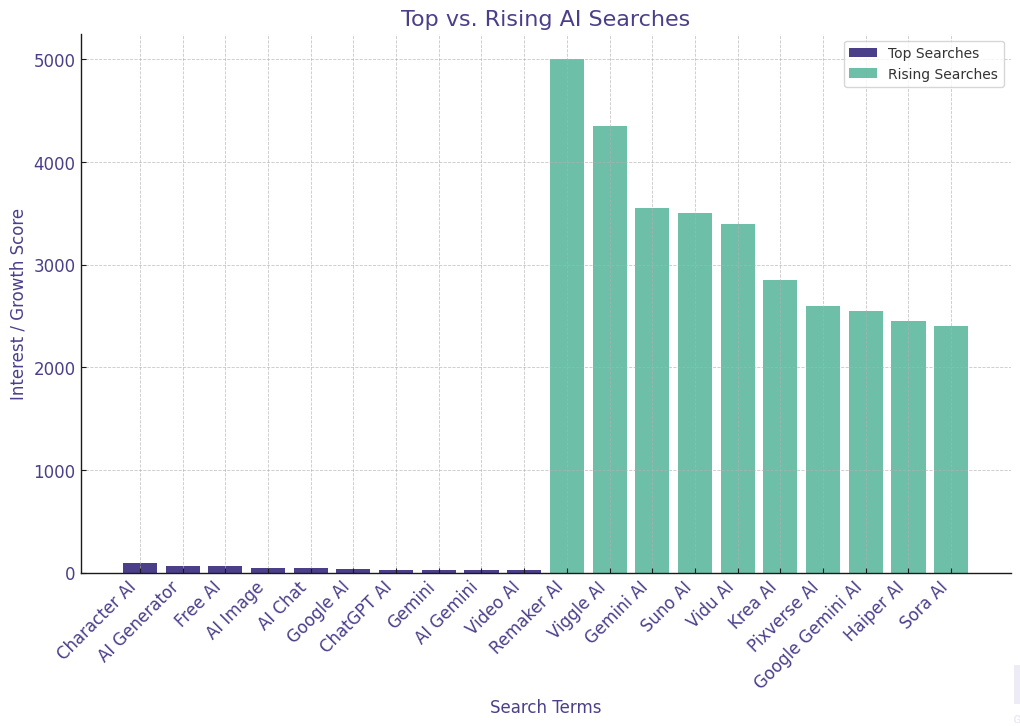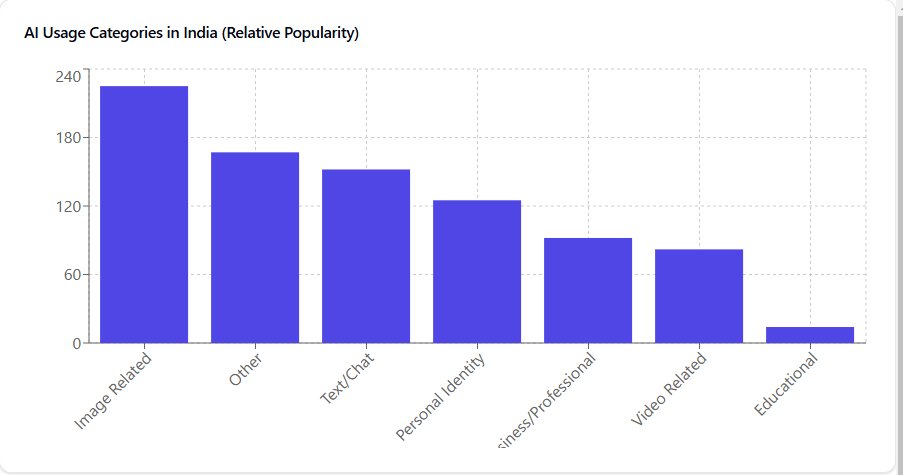Introduction
AI is rapidly transforming our world, from the ways we connect and communicate to the very lens through which we perceive ourselves and others. Today, in 2024, AI has become not just a tool but a constant companion in many young lives. Its applications are vast, yet its impact on the youth—particularly the allure of image crafting and entertainment—deserves a closer look. As I examine which countries are at the forefront of AI adoption, I notice a direct correlation between AI trends and the focus of the younger generation. Some regions leverage AI for practical solutions, while others primarily use it to shape personal images, often blurring the line between reality and illusion.

Let’s explore how AI is shaping youth perspectives across the globe, identify the trends driving these shifts, and discuss why it’s vital for young people to view AI as an instrument of growth rather than as a mirror for superficial reflection.
AI Trends and Global Usage: A Snapshot

As we delve into AI’s global impact, we find that the motivations behind its usage vary significantly by region. Here’s how different countries and regions are engaging with AI in 2024:
- China and Ethiopia: Youth are embracing generative AI tools for digital expression, focusing heavily on personal branding and self-presentation. The accessibility of AI in these areas allows for creative expression without the need for expensive software or technical skills.
- Myanmar and Vietnam: Here, too, AI adoption is climbing quickly. Often, young people turn to tools like AI character generators and image-enhancing apps, further promoting an online-first mentality.
- Western Europe (e.g., France, Germany): In contrast, these regions exhibit more cautious AI adoption. Here, AI is seen largely as a tool for productivity and professional applications, used less for social media entertainment and more for enhancing workplace or academic efficiency.
The Insight: In lower-income or rapidly developing regions, AI is viewed as an accessible tool for digital identity and creative self-expression. In higher-income countries, AI is still cautiously embraced, with a focus on tangible productivity and ethical applications.
How AI is Influencing Youth Behavior

As I interview young professionals and observe AI trends, one thing stands out: AI is deeply embedded in shaping youth culture today. However, the primary use cases I see in 2024 revolve around self-image, entertainment, and social media—sometimes at the expense of real-world skill-building.
Popular AI Applications Among Youth:
- Face-swapping and Generative Art Tools: Apps that enable users to modify their appearance or create digital personas dominate the AI landscape in many high-interest countries. The popularity of face filters and character AI generators speaks to a growing obsession with crafting an online identity.
- AI for Social Validation: Many youth leverage AI tools not just for creativity but as a means to gain social media clout. From altering photos to creating “perfect” profiles, AI is often used to project an idealized image that may not reflect reality.
The Reality Check: AI’s influence in promoting “filtered lives” is visible everywhere—from “face with filter” to “face without filter” comparisons that have now become part of everyday social interactions. This focus on entertainment and self-presentation can risk creating a generation more invested in appearances than in substance.
Where AI Use Could Lead Youth Astray

The rise of AI as a personal entertainment and image-enhancement tool brings certain concerns:
- Superficial Success Markers: In my experience interviewing candidates for digital roles, many young professionals prioritize follower counts and online personas over actual skill sets. This shift suggests that the allure of an idealized image is replacing the desire for deep, meaningful growth.
- Potential for Disillusionment: When AI is used merely to curate a polished digital identity, youth may develop a false sense of accomplishment. There’s a risk of mistaking style for substance, leading to a future where the pursuit of a “digital self” overshadows personal and professional development.
The Guiding Principle: It’s crucial to recognize that while AI can enhance creativity, it should not replace the hard work of skill-building and knowledge acquisition. True success is not measured by online impressions but by resilience, adaptability, and competence.
A Balanced Path: Using AI as a Tool for Growth
To all the young people navigating today’s AI-driven world, I offer these insights:
- Use AI to Strengthen Skills, Not Just Images:
- View AI as a partner in your personal growth. Use it to enhance real skills, like problem-solving, creativity, and adaptability. AI can aid in learning new languages, understanding complex topics, and even building technical expertise.
- Prioritize skill-based applications, such as AI tools that help with coding, data analysis, or language learning, over purely aesthetic functions.
- Let AI Empower, Not Define, You:
- Your digital identity is part of who you are, but it should never overshadow your real-world abilities. AI’s greatest value lies in its ability to make us more capable, not merely more likable online.
- Instead of crafting an idealized digital version of yourself, strive to build authentic competencies that reflect your true potential.
- Focus on Personal Development Over Social Validation:
- Use AI to explore your passions and interests, not to chase fleeting approval or popularity. Personal growth is about becoming better, not just looking better.
Final Thoughts: A Call to the Youth for Purpose-Driven AI Use
In this age of rapid digital transformation, it’s easy to get swept up in the allure of AI-enhanced appearances. But remember, AI is your ally, not your identity. It can open doors to innovation, learning, and genuine self-improvement—if used with purpose and integrity. Let’s choose a path where AI aids in building skills, fostering creativity, and enhancing knowledge, not simply in amplifying a filtered reality.
To the youth of today: Embrace AI as a tool for growth and discovery. Build skills that will stand the test of time, far beyond the fleeting likes and follows. True success lies in substance, in resilience, and in the ability to use technology to enhance—not replace—who you truly are.
What do you think about the balance between AI for self-expression and skill development? How do you see AI shaping your future?






0 Comments